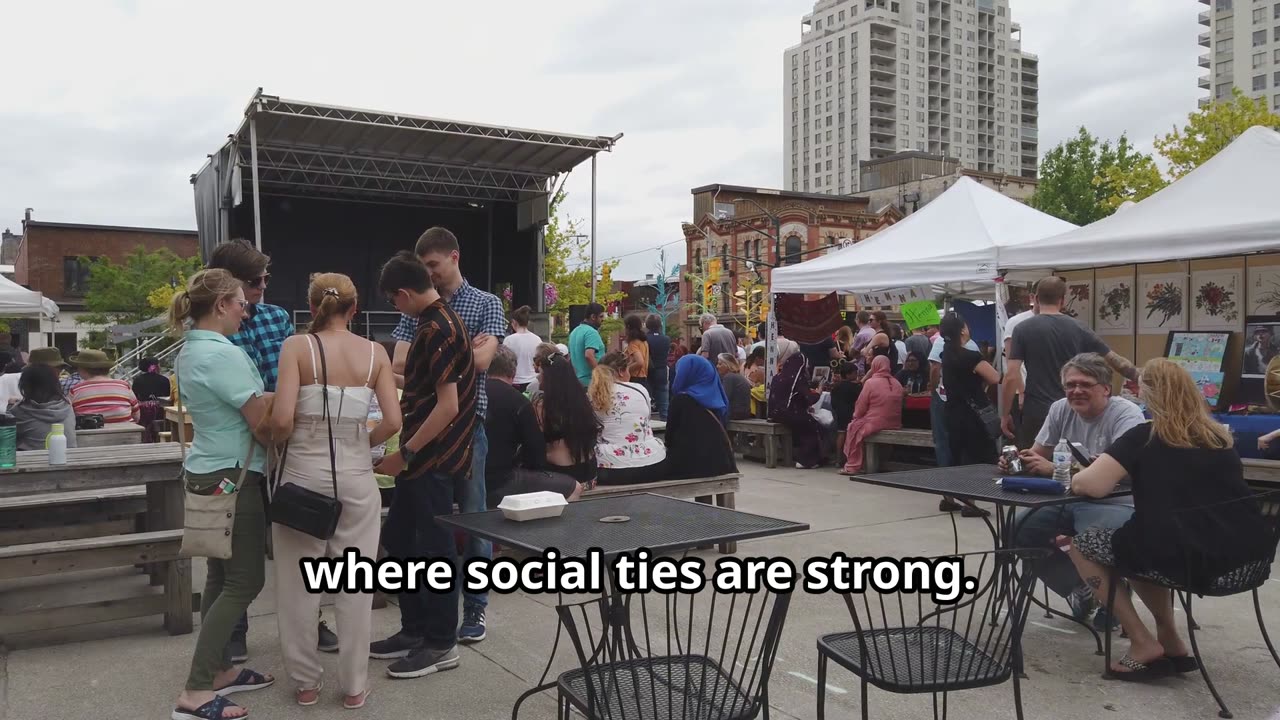Premium Only Content

The Psychology of Voting: Understanding voters, electoral behaviors and intricacies of voting
What was the research about?
State child protective services, or CPS, agencies
provide services to parents who are reported for child
abuse or neglect. These services try to improve the
relationship between the parent and child. They also
encourage positive behaviors to prevent abuse or
neglect.
In this study, the research team compared a program
called SafeCare with the usual services parents receive
from CPS agencies. SafeCare taught parents how to
• Identify and treat symptoms of illness and injury
• Remove home hazards
• Build a positive parent-child relationship
What were the results?
After six months, parents who received SafeCare and
parents who received usual services didn’t differ in
• Parenting knowledge and stress
• Positive parenting behaviors
• Quality of parent-child relationships
• Parent and child well-being
• How structured home life was
• How often the family met its social, medical, and
financial needs
However, four of the nine agencies in the study had
serious problems offering SafeCare and enrolling
parents. In interviews, some agency staff said SafeCare
didn’t meet the needs of parents. Also, some agencies
had little support for offering SafeCare. Parent
feedback about SafeCare was mostly positive. Many
parents noted that the sessions helped them practice
new skills.
Who was in the study?
The study included 285 parents receiving services
from one of nine agencies in four states. Of these
parents, 75 percent were white, 13 percent were black,
and 7 percent were Latino. The average age was 30,
and 87 percent were women. All parents had at least
one child under age five.
What did the research team do?
The research team assigned service providers, by
chance, to receive training on SafeCare or continue
usual services. Parents received SafeCare or usual
services based on their provider’s assignment.
Service providers visited the homes of parents in
SafeCare. Home visits occurred every one to two
weeks for a total of 18 to 20 education sessions.
SafeCare taught parents skills about child health,
home safety, and the parent-child relationship.
Parents receiving usual services met with service
providers every one to two weeks, as needed.
Meetings took place in parents’ homes or at the
agency. Providers gave support and referrals. They
also helped parents address day-to-day problems.
-
 38:05
38:05
Uncommon Sense In Current Times
14 hours agoIs Israel Being Forced Into a Bad Deal? David Rubin Exposes the Truth | Uncommon Sense
603 -

FreshandFit
9 hours agoAfter Hours w/ Girls
96.6K78 -
 2:33:58
2:33:58
TimcastIRL
11 hours agoDan Bongino ACCEPTS Deputy FBI Director, SECRET NSA CHATS EXPOSED w/Joey Mannarino | Timcast IRL
163K90 -
 1:09:33
1:09:33
Glenn Greenwald
15 hours agoMichael Tracey Reports from CPAC: Exclusive Interviews with Liz Truss, Steve Bannon & More | SYSTEM UPDATE #412
105K89 -
 56:02
56:02
Sarah Westall
12 hours agoBiohacking & Peptides: Weight loss, Anti-Aging & Performance – Myth vs Reality w/ Dr. Diane Kazer
60.6K29 -
 11:22
11:22
Bearing
22 hours ago"Anxious & Confused" Federal Workers FREAK OUT Over DOGE Efficiency Email 💥
83.8K77 -
 1:31:20
1:31:20
Flyover Conservatives
1 day agoUS STOCK MARKET: Sinking Ship - Dr. Kirk Elliott; How I Fought Back Against Woke Schools & Stopped Gender Bathrooms - Stacy Washington | FOC Show
78.6K4 -
 1:08:09
1:08:09
Donald Trump Jr.
16 hours agoFBI Dream Team, Plus Taking Your Questions Live! | Triggered Ep.219
220K299 -
 7:32:37
7:32:37
Akademiks
16 hours agoDrake and PartyNextDoor '$$$4U' Album Sells 250K first week. BIG AK IS BACK.
132K19 -
 3:12:08
3:12:08
MyronGainesX
15 hours ago $33.46 earnedDan Bongino Named FBI Deputy Director, Trump Meets Macron, And More!
107K32